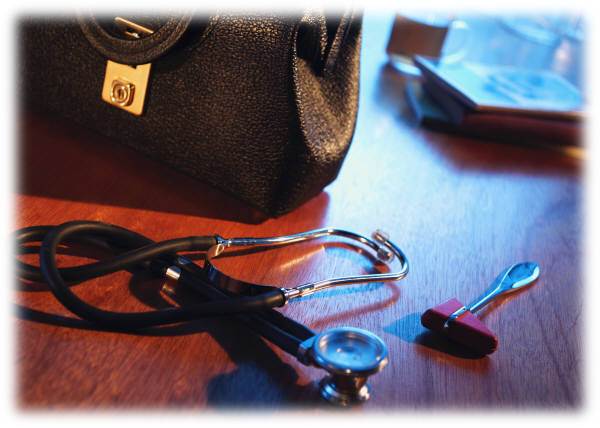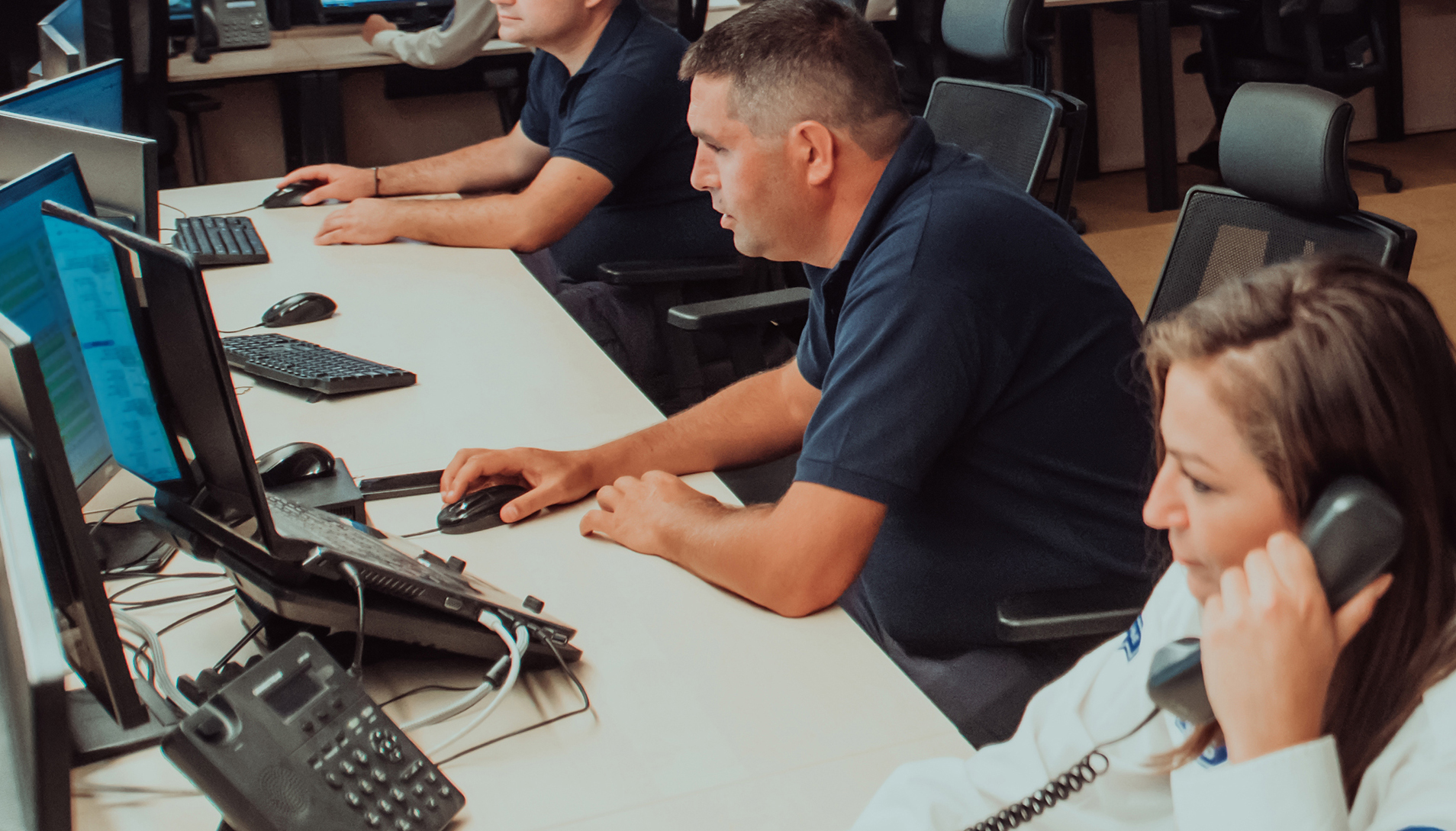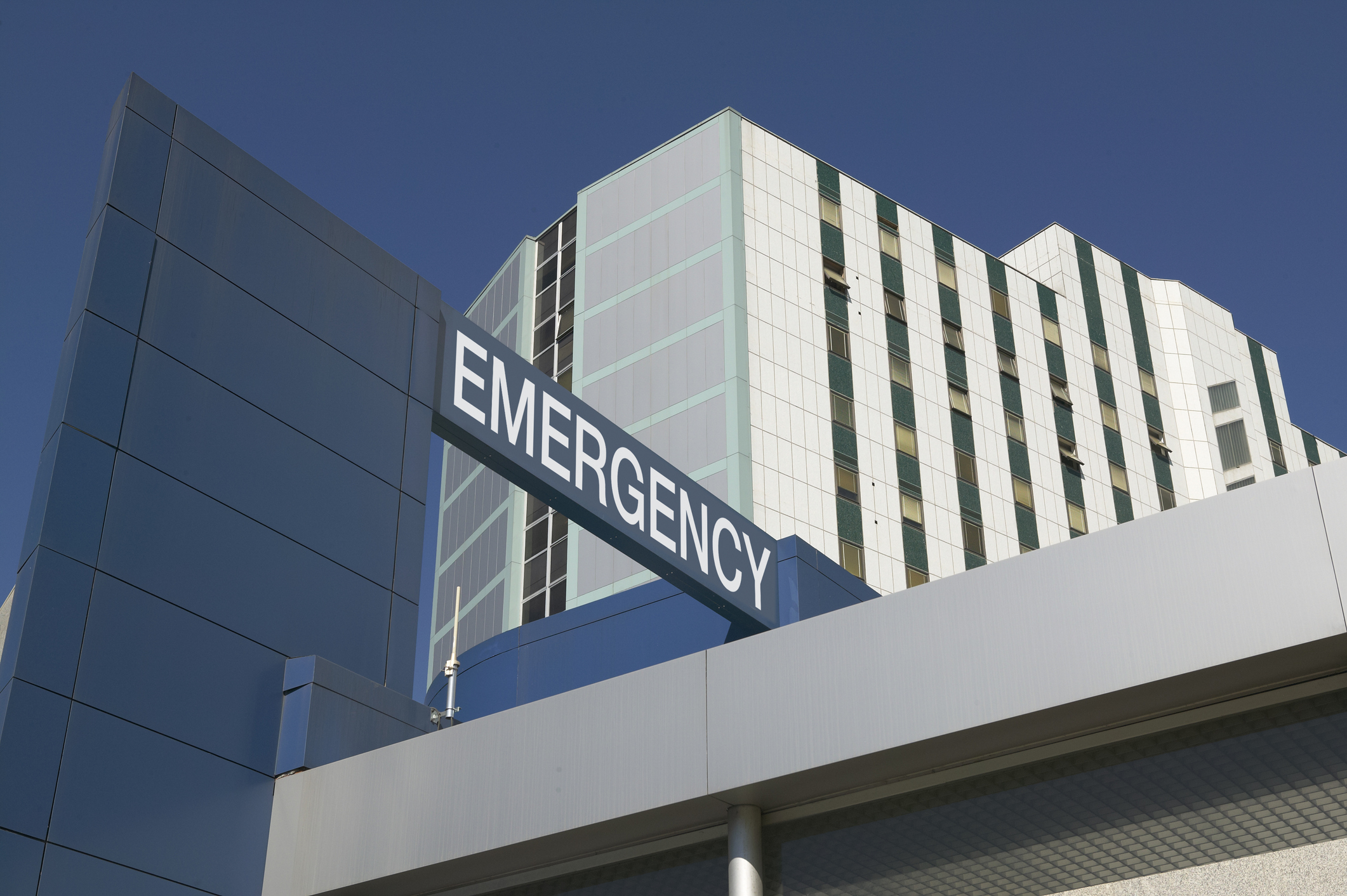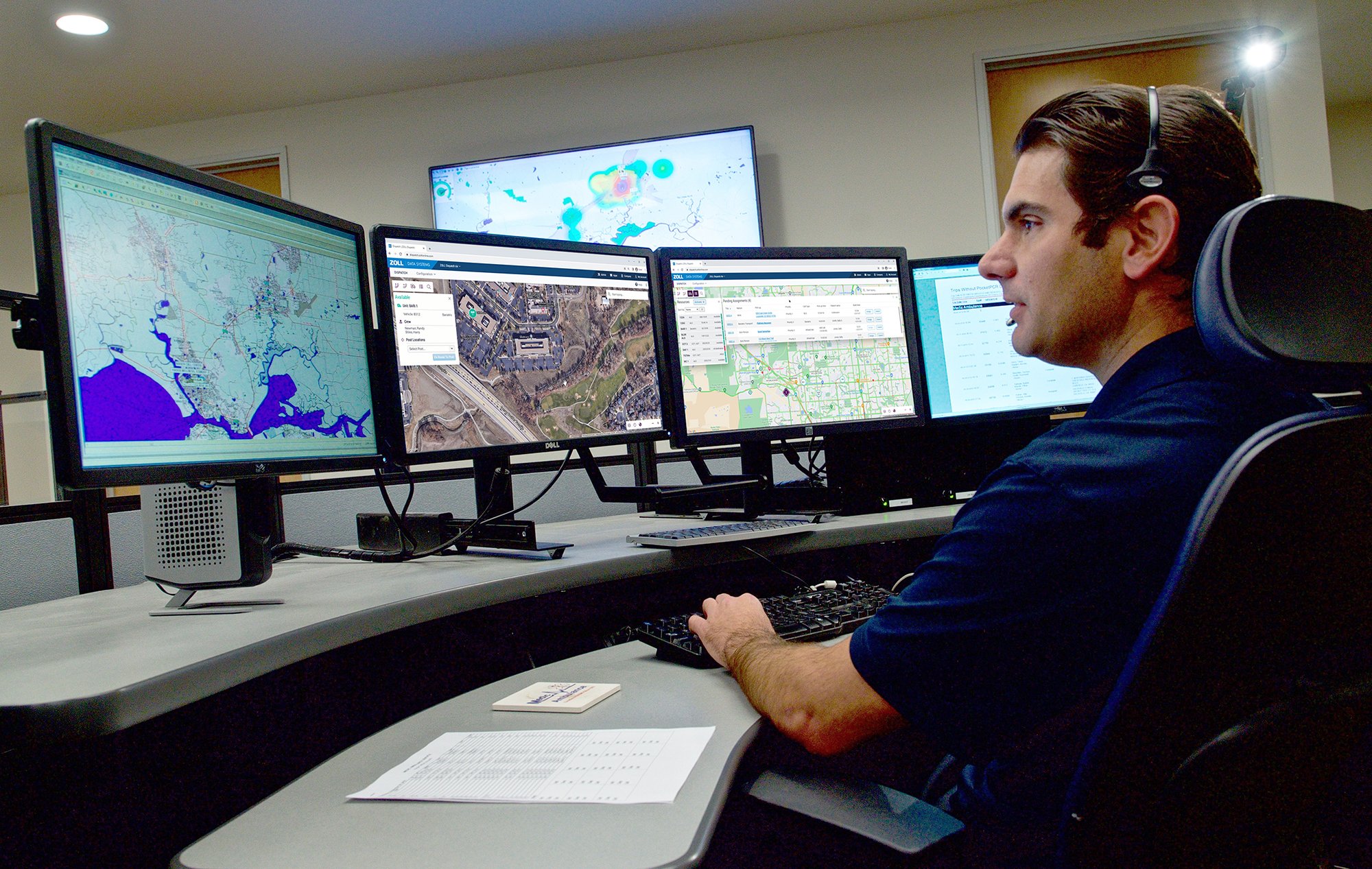Rescue Squad Adopts an Intuitive CAD Solution To Ramp up Dispatch and Improve Data Visualization
Community Paramedicine, Community Medicine... A Natural for EMS!
I wanted to share a few thoughts I have on how healthcare reform will impact EMS.

I wanted to share a few thoughts I have on how healthcare reform will impact EMS. EMS is not an island but a bridge, and EMS Operations often cannot be separated from the medicine. These three collective EMS attributes, when combined, places EMS in a unique position to be a key player in healthcare reform.
Lets explore this more...
Nearly one in five Medicare patients returned to the hospital within a month of discharge in 2010, costing the government an extra $17.5 billion. Existing penalties decrease hospitals’ Medicare reimbursement based on their 30-day readmission rate. This has motivated hospitals to evaluate and explore options and opportunities to reduce their readmission rates.
Hospitals have launched programs most often focusing on three patient populations: Congestive Heart Failure, Diabetes, and Asthma/COPD. Programs are strategically being designed to reduce 30-day readmissions rates in these patient populations. For example, many of these programs focus on assuring that discharged patients are compliant with their discharge instructions. Basic things such as filling their prescriptions at their local pharmacy, and following up with their physician as scheduled become essential in positive outcomes for patients.
Now, the question...How could EMS potentially make an impact on hospital readmissions?
EMS is not an Island, it’s the Bridge
EMS is strategically positioned within their local community to respond to the home of a patient. No other component of healthcare can do this! EMS is the one healthcare entity with connections and relationships to community hospitals, assisted living and long-term care facilities. The combination of our physical presence, and community respect create an extraordinary opportunity for EMS. EMS can assume the unique position of being a valuable resource for healthcare delivery beyond emergency care and transport.
EMS Operations often can’t be separated from the Medicine
EMS is prepared to respond to 911 dispatches 24/7. This preparedness model assures an emergent response time resulting in a deployment pattern distributing our EMS resources throughout the community. A side effect of this preparedness model is a unit utilization rate rarely above 50%. This means over 50% of the time EMS is in the community waiting for the next emergent event. During this available time, it would be conceivable that EMS could stop by to visit a patient recently discharged from the hospital to assure they are following their discharge instructions, have filled their medications, etc.
Anecdotal evidence (and common sense) suggests when post-discharge issues are identified within 24-48 hours of the discharge; they can be corrected before negatively impacting the patient’s health thereby resulting in an unexpected readmission.
EMS is the Practice of Medicine
As an industry we have long recognized that many of the patient contacts we experience each day do not require a transport to the emergency department. If our goal is to provide the appropriate medical care to each patient, alternative destinations and treatment options will be required other than transport. It is possible for EMS to provide post-discharge home visits within the community without disrupting our emergency medical services responsibilities.
On obvious question is “How can EMS be reimbursed for this practice of medicine that does not result in a transport?” Earlier in this blog I mentioned that Medicare penalizes hospitals when readmission rates are above the defined performance measure. Hospitals are currently investing in internal programs to decrease readmission rates. EMS pilot projects are developing nationally and being funded by hospitals to collaborate in these programs.
EMS has an opportunity to participate and become a respected leader in community health. This is accomplished through our longstanding relationships with the surrounding healthcare providers. EMS’ unique operational model places us in the heart of our community whereby we can focus on the medicine rather than the transport.
I look forward to hearing how your EMS service is working to engage in your community’s health.
Related Posts
EMS-to-Hospital Handoffs Can Be a More Streamlined Experience
ZOLL Data Systems | Jan 25, 2024
Meet the New ZOLL Dispatch and ZOLL Respond CAD Solution
ZOLL Data Systems | Dec 14, 2023
ZOLL Pulse Blog
Subscribe to our blog and receive quality content that makes your job as an EMS, fire, hospital, or AR professional easier.
ZOLL Pulse Blog
Subscribe to our blog and receive quality content that makes your job as an EMS, fire, hospital, or AR professional easier.



